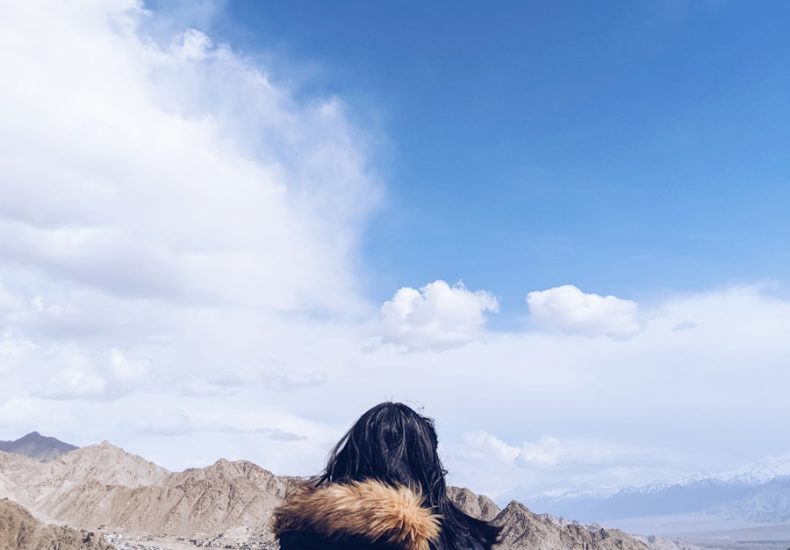Essential Solo Travel Safety Tips for Every Country
Traveling alone can be one of the most liberating experiences of a lifetime, but it also comes with unique challenges. Whether you’re wandering the streets of Tokyo, hiking the Andes, or exploring the historic alleys of Marrakech, solo travel safety should always be at the top of your checklist. This guide blends practical advice with SEO‑friendly keywords so you’ll find exactly what you need when you search for “solo travel safety tips” or “travel alone tips”. Read on for a step‑by‑step safety plan that works in any country, plus a quick travel safety checklist you can download and print.
1. Pre‑Trip Planning: The Foundation of Safe Solo Travel
Before you even book your flight, a solid preparation phase sets the tone for a secure journey. Here’s what every solo traveler should do:
- Research the destination: Look up local customs, dress codes, and any travel advisories from official government sites.
- Register with your embassy: Many countries offer online registration for citizens traveling abroad; this ensures you’ll be contacted in emergencies.
- Secure travel insurance: Choose a policy that covers medical emergencies, theft, and trip cancellations—especially important for solo adventurers.
- Backup important documents: Scan your passport, visa, and insurance cards; store them in a secure cloud folder and a separate physical location.
- Download offline maps: Apps like Maps.me or Google Maps offline mode help you navigate without relying on data.
2. Accommodation Safety: Choosing the Right Place to Rest
Where you sleep can dramatically affect your overall safety. Follow these solo travel accommodation tips to minimize risk:
- Read recent reviews: Look for comments about security, staff responsiveness, and neighborhood safety.
- Prefer reputable chains or certified hostels: They often have 24‑hour reception, keycard access, and secure lockers.
- Check the room’s lock quality: Deadbolts, chain locks, and peepholes are a must for solo travelers.
- Keep valuables out of sight: Use the provided safe or a portable lockbox for passports, cash, and electronics.
- Stay on a well‑lit floor: Ground or first floors make it easier to exit quickly if needed.
3. On‑The‑Ground Safety: Daily Practices for Every Country
Once you’re on the road, a few universal habits keep you protected regardless of the continent:
Stay Connected
- Buy a local SIM card or an international data plan; avoid relying solely on public Wi‑Fi.
- Share your itinerary with a trusted friend or family member and update them regularly.
Blend In
- Dress modestly according to local norms; flashy jewelry or expensive gear can attract unwanted attention.
- Learn basic phrases like “Help”, “Police”, and “I’m lost” in the local language.
Secure Your Belongings
- Use a theft‑proof backpack with lockable zippers and a hidden money belt.
- Carry only the cash you need for the day; keep the rest in a secure hotel safe.
Transportation Tips
- Prefer reputable ride‑hailing apps over hailing taxis on the street.
- When using public transport, keep your ticket and valuables close to your body.
- Never accept rides from strangers, especially if they offer “free” tours.
4. Region‑Specific Alerts: Tailoring Safety to the Continent
While many safety principles are universal, each region has its own quirks. Below is a quick reference for the most common concerns by continent.
Asia
- Scams in tourist hotspots: Beware of “friendly locals” offering unsolicited tours.
- Traffic chaos: Use pedestrian crossings only where marked; many cities have unpredictable traffic patterns.
- Health precautions: Carry a small bottle of hand sanitizer and stay hydrated in hot climates.
Europe
- Pocket‑pickers: Keep wallets in front pockets and use anti‑theft bags in crowded areas like train stations.
- Nighttime safety: Stick to well‑lit streets and avoid isolated parks after dark.
- Emergency numbers: Dial 112 for police, fire, or medical assistance anywhere in the EU.
Africa
- Local transport: Opt for registered taxis or reputable shuttle services.
- Health risks: Ensure vaccinations are up‑to‑date and carry a basic medical kit.
- Night travel: Avoid traveling alone after sunset in remote areas.
South America
- Street crime: Keep a low profile, especially in large cities like Rio or Buenos Aires.
- Altitude sickness: Acclimatize gradually if you’re heading to high‑altitude destinations like La Paz.
- Cash handling: Use ATMs inside banks or malls; avoid street machines.
North America & Oceania
- Wildlife encounters: In rural or wilderness areas, store food securely and follow local guidelines.
- Natural disasters: Know the emergency plan for earthquakes, hurricanes, or bushfires in the region you’re visiting.
- Public transport safety: In major cities, keep an eye on your belongings on subways and buses.
5. Digital Safety: Protecting Your Online Presence While Traveling
Solo travelers often rely on smartphones for navigation, translation, and booking. Keep your digital life secure with these tips:
- Enable two‑factor authentication on all important accounts (email, banking, social media).
- Use a VPN when connecting to public Wi‑Fi to encrypt your data.
- Turn off automatic Bluetooth and Wi‑Fi pairing to avoid “sniffing” attacks.
- Back up photos and documents to a cloud service daily.
6. Emergency Preparedness: What to Do When Things Go Wrong
Even the most cautious traveler can encounter unexpected situations. Having a clear plan reduces panic and speeds up resolution.
Quick‑Response Checklist
- Stay calm and assess the situation.
- Contact local emergency services: Dial the country’s emergency number (e.g., 112, 911, 999).
- Notify your embassy or consulate.
- Reach out to your emergency contact back home.
- Document the incident: Take photos, note times, and gather witness information.
Keep a small “emergency card” in your wallet with the following details:
- Passport number
- Local emergency number
- Embassy phone number
- Travel insurance policy number
- Trusted contact’s phone and email
7. Mindset Matters: Confidence Is Your Best Travel Companion
Safety isn’t just about external measures; it’s also about cultivating a confident, aware mindset. Trust your instincts—if a situation feels off, remove yourself politely but firmly. Practice situational awareness by regularly scanning your surroundings, especially in crowded markets or night‑time venues. Remember, solo travel empowers you to make decisions quickly and responsibly.
Conclusion & Call to Action
Solo travel can be an unforgettable adventure when you pair curiosity with a solid safety strategy. By following the solo travel safety tips outlined above—pre‑trip planning, secure accommodations, daily habits, region‑specific alerts, digital protection, and emergency readiness—you’ll feel confident exploring any country on your own terms.
Ready to embark on your next solo adventure? Download our free 10‑page Solo Travel Safety Checklist and start planning with peace of mind today!




